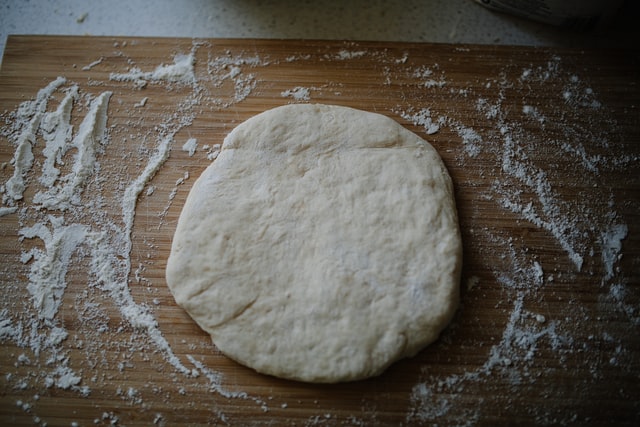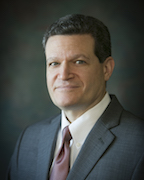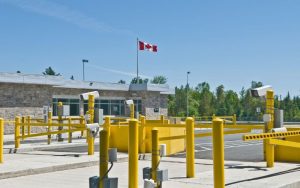Today’s article is part of Brother Frank Natoli’s guest column on the Seven Feasts of Israel.
The Feast of Unleavened Bread is a type and shadow of the Burial of Christ
- Exodus 12, Leviticus 23:5
- Occurs on the 15th day of the first month
The use of unleavened bread was significant because the absence of leaven denoted purity and holiness. Jesus often warned about the “leaven” of the Pharisees (Matthew 16:6,11; Mark 8:15; Luke 12:1), which represented sin, corruption, and pride.
The Apostle Paul wrote of the necessity to purge the leaven from within the followers of Jesus:
“Know ye not that a little leaven leaveneth the whole lump? Purge out therefore the old leaven, that ye may be a new lump, as ye are unleavened. For even Christ our Passover is sacrificed for us: Therefore let us keep the feast, not with old leaven, neither with the leaven of malice and wickedness; but with the unleavened bread of sincerity and truth. (1 Corinthians 5:6-8)
Paul was not promoting a continuation of observing this feast in the New Testament church, rather he used it as a metaphor to make his point about living apart from sinfulness (leaven) through Jesus Christ.
This seven-day feast symbolized a holy walk with God.
Jesus Is Nourishment
Jesus personally identified Himself with this feast through a variety of means:
- Jesus was born in Bethlehem, which is translated in Hebrew as “house of bread.”
- Soon after Mary gave birth in the stable, she laid Him in a manger (Luke 2:7,12). Since the manger essentially served as a feeding trough for animals, a much deeper significance becomes evident in a spiritual application of this seemingly insignificant act. Christ Himself became the “feeding place” for all who are seeking the spiritual food of salvation.
- Jesus plainly told His disciples that He was the Bread of Life (John 6:35).
- In Christ’s own observance of the Passover meal with His apostles, He called the unleavened bread at the Last Supper “His body.” “Jesus took the bread, and blessed it, and brake it, and gave it to the disciples, and said, Take, eat; this is my body.” (Matthew 26:26)
Finding Meaning in the Matzah
Another interesting element has to do with the actual physical characteristics of the unleavened bread, or matzah, as it is called by the Jews. The representations are striking, as the unleavened bread is…
- Pierced “They shall look upon whom they have pierced.” (Zachariah 12:10)
- Pure without leaven (sin) “For He hath made Him to be sin for us, who knew no sin.” (2 Corinthians 5:21)
During the course of the Passover meal, the unleavened bread is broken into three pieces, and the middle piece is buried for a time (before eating it), then recovered again. The second or middle reference throughout scripture always is the Son (Father, Son, and Holy Ghost) which is Jesus Christ. Therefore, the burying and the coming forth of the broken pieces of bread is a representation, or type and shadow, of Christ’s burial and resurrection.
In conclusion, as the Lord fed Israel in the wilderness with manna (bread) from heaven (Exodus 16:14-17), so He likewise feeds His people today while in the spiritual wilderness of this world with the Bread of Heaven, Jesus Christ (John 6:49-51).
Be sure to check out next Friday’s article on the Feast of the First Fruits.

This article has undergone ministry review and approval.





The 1st day of Passover this year (2021) is Sunday Mar.28, which coincidentally also happens to be Palm Sunday.
Absolutely fascinating to me.
Thank you so much for sharing.
Bro. Frank, enjoying your series. One question- Isn’t Passover and the Feast of Unleavened Bread the same thing? The Feast is on Unleavened Bread (or Sedar) is part of the Passover Celebration.
Yes Bro. Pete, You are correct ! The Feast of Unleavened Bread is the remembrance of the passing-over of the death angel.